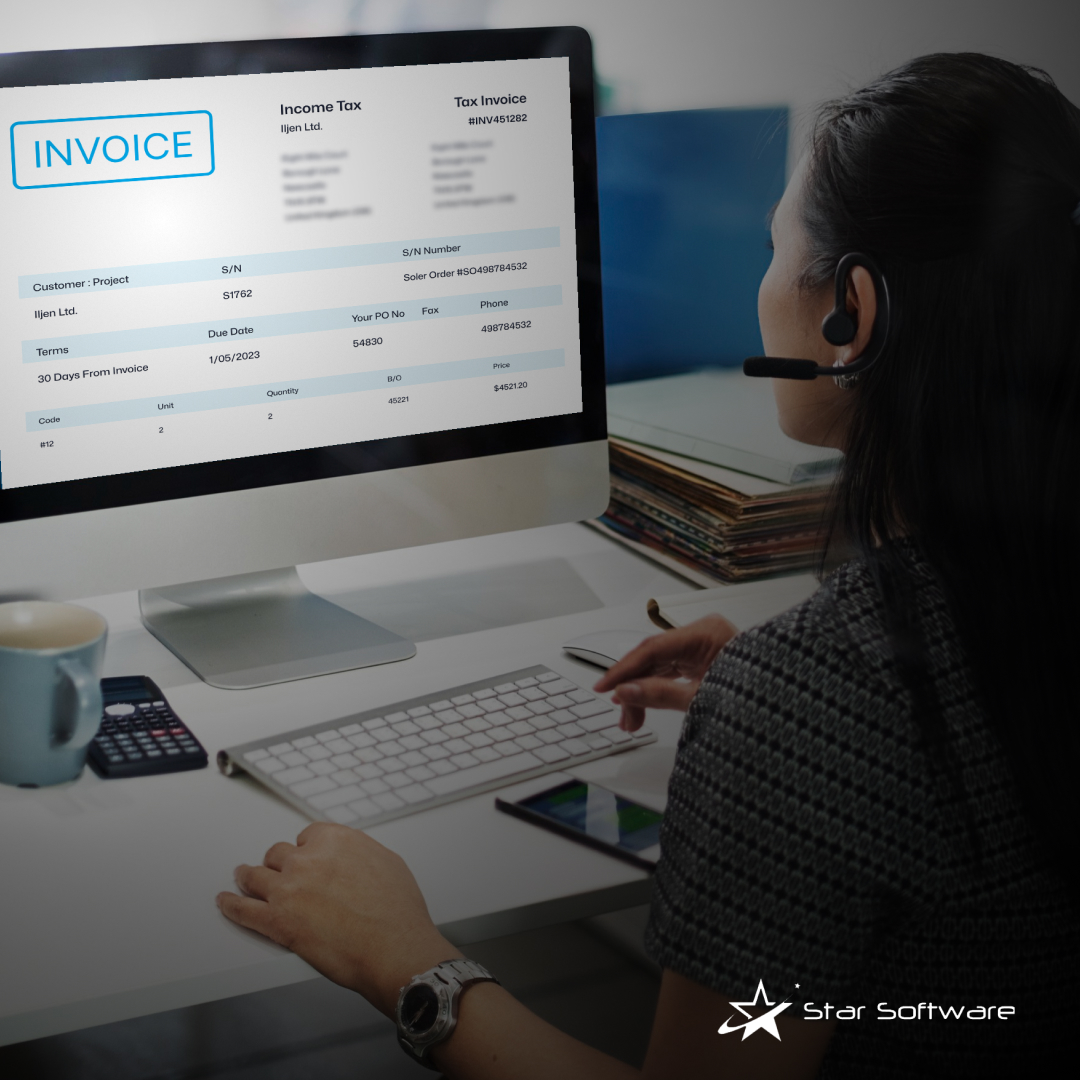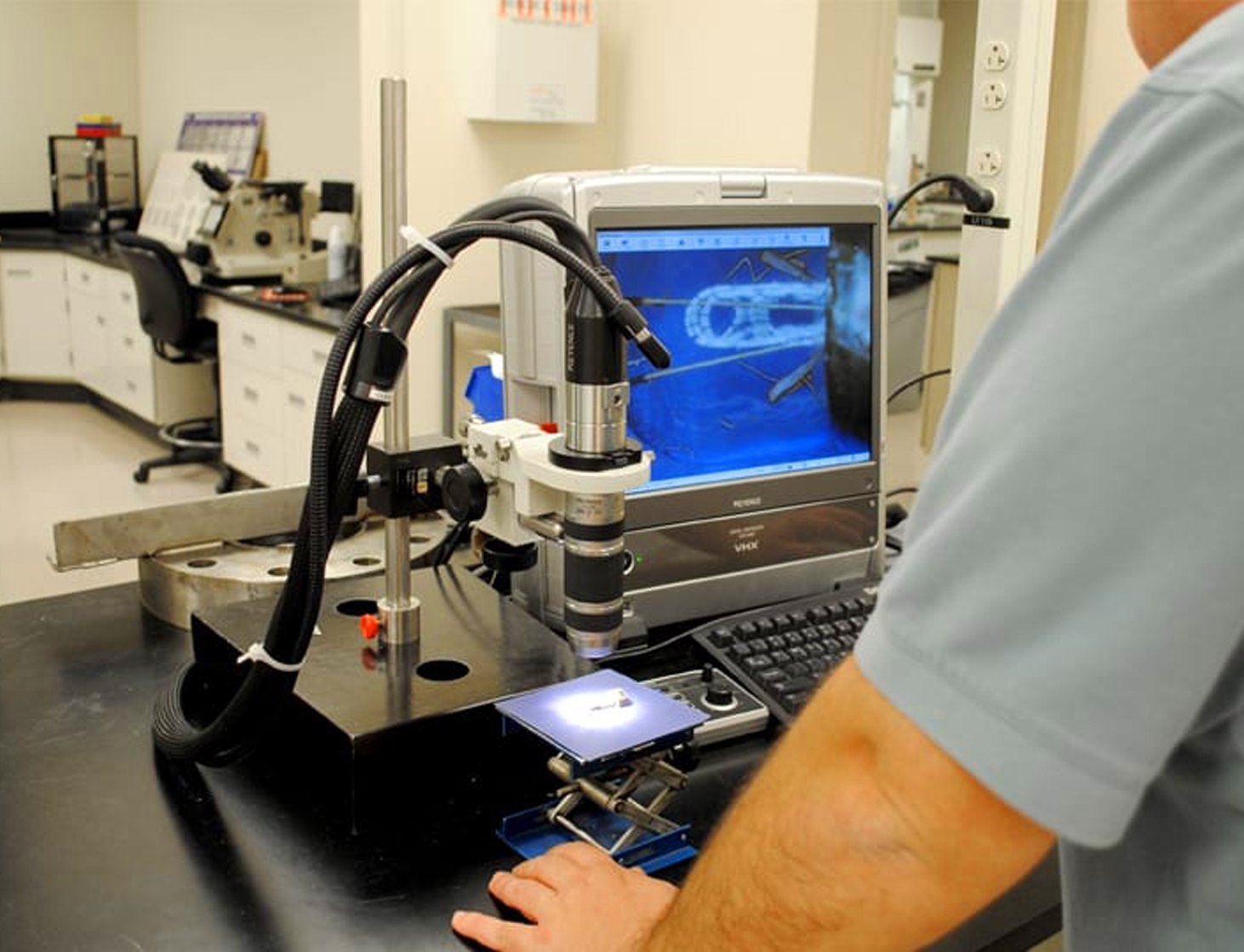Amid the digital revolution, document process automation stands out as a transformative force, reshaping how businesses manage their workflows and achieve unparalleled efficiency.
By automating repetitive and time-consuming tasks, businesses can streamline operations, reduce errors, and save valuable time and resources. Here, we explore some real-world examples of how leading companies have successfully implemented document process automation, along with their best practices.
1. JPMorgan Chase: Automating Loan Processing
Company Overview: JPMorgan Chase, one of the largest banks in the world, handles millions of loan applications annually.
Implementation: To manage this volume, JPMorgan Chase implemented an automated document processing system using OCR and AI-driven data extraction. This system captures and validates data from application forms, supporting documents, and credit reports.
Best Practices:
- Integrated AI and Machine Learning: Leveraged AI to continuously improve the accuracy of data extraction and validation.
- Customer-Centric Approach: Focused on reducing processing time to improve customer satisfaction.
- Scalability: Designed the system to handle large volumes of applications efficiently.
Results:
- Reduced processing time from weeks to hours.
- Enhanced accuracy and reduced errors in data entry.
- Improved customer satisfaction due to faster loan approvals.
2. Cleveland Clinic: Streamlining Patient Records Management
Company Overview: Cleveland Clinic is a renowned healthcare provider with a vast network of hospitals and clinics.
Implementation: The clinic adopted an automated document processing solution to digitize and organize patient records. The system used machine learning algorithms to classify documents, extract key information, and update electronic health records (EHRs) automatically.
Best Practices:
- Compliance with Regulations: Ensured the system met stringent healthcare data protection regulations.
- Staff Training: Provided extensive training to healthcare staff to ensure smooth adoption and usage.
- Data Quality Monitoring: Regularly monitored data quality to maintain accuracy in patient records.
Results:
- Significant reduction in administrative workload for healthcare staff.
- Improved accuracy in patient records and easier retrieval of information.
- Enhanced compliance with data protection regulations.
3. Linklaters: Enhancing Contract Management
Company Overview: Linklaters is a leading global law firm with a vast portfolio of contracts and legal documents.
Implementation: The firm implemented a document automation system to streamline their contract management process. The solution utilized AI to review contracts, identify key clauses, and flag potential risks or discrepancies.
Best Practices:
- Risk Management: Focused on using AI to identify and mitigate potential risks in contracts.
- Standardization: Standardized contract review processes to ensure consistency and accuracy.
- Client Communication: Maintained clear communication with clients about the benefits of automation.
Results:
- Accelerated contract review process, reducing turnaround time.
- Increased consistency and accuracy in contract analysis.
- Freed up lawyers to focus on more strategic tasks.
4. Walmart: Automating Invoice Processing
Company Overview: Walmart, the world’s largest retailer, handles thousands of invoices from suppliers daily.
Implementation: Walmart introduced an automated invoice processing system using OCR and robotic process automation (RPA) to capture invoice data, validate it against purchase orders, and update their accounting systems.
Best Practices:
- Vendor Collaboration: Worked closely with suppliers to ensure smooth integration of the automated system.
- Continuous Improvement: Regularly updated the system based on feedback and changing requirements.
- Data Validation: Implemented robust data validation checks to minimize errors.
Results:
- Reduced invoice processing time by 80%.
- Minimized errors and discrepancies in financial records.
- Improved vendor relationships due to timely payments.
5. City of Los Angeles: Optimizing Document Handling in Public Services
Company Overview: The City of Los Angeles, with its diverse range of public services, manages a vast amount of paperwork.
Implementation: The municipal government office implemented a document process automation system to handle applications for permits and licenses. The system automated data entry, document classification, and routing to the appropriate departments.
Best Practices:
- Citizen-Centric Design: Designed the system with the end-user in mind to improve the citizen experience.
- Transparency: Ensured transparency in document status tracking for applicants.
- Interdepartmental Coordination: Facilitated better coordination between different departments through integrated workflows.
Results:
- Faster processing of permit and license applications.
- Enhanced transparency and tracking of document status.
- Improved citizen satisfaction with more efficient public services.
These real-world examples highlight the transformative impact of document process automation across various industries. By automating repetitive tasks and leveraging advanced technologies like OCR, AI, and RPA, organizations can achieve significant improvements in efficiency, accuracy, and customer satisfaction. As businesses continue to embrace digital transformation, the adoption of document process automation will undoubtedly play a crucial role in driving future success.




